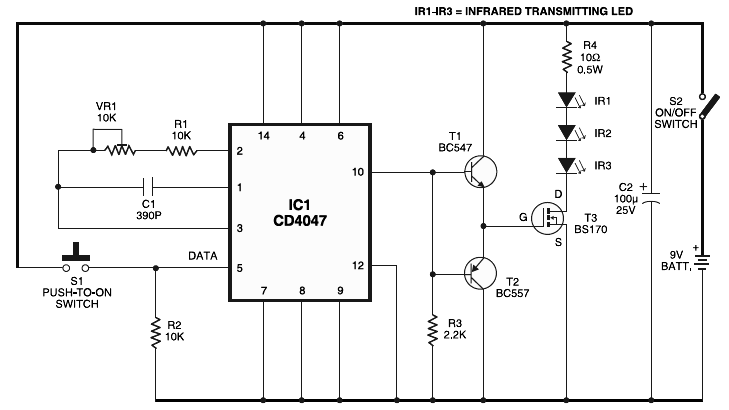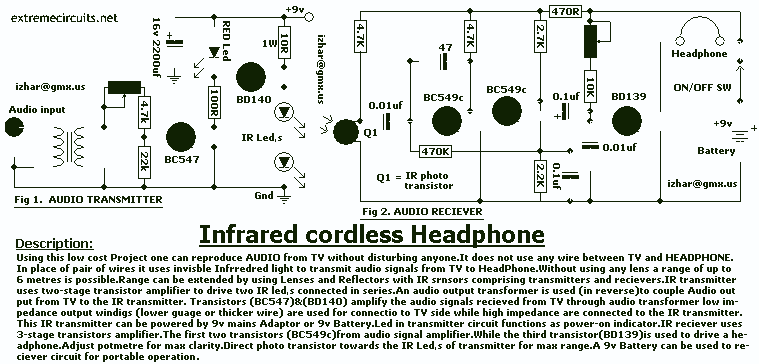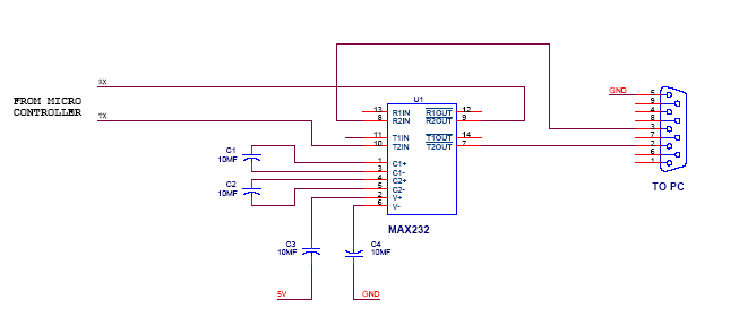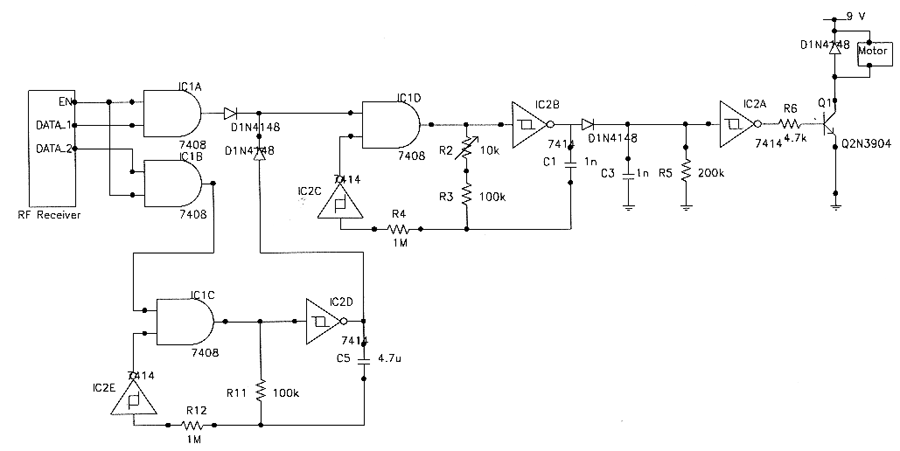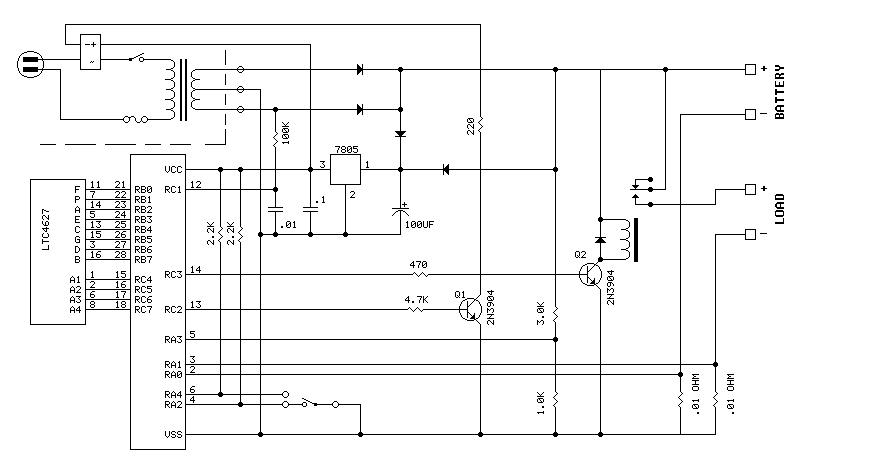
DIY Infrared Radar System
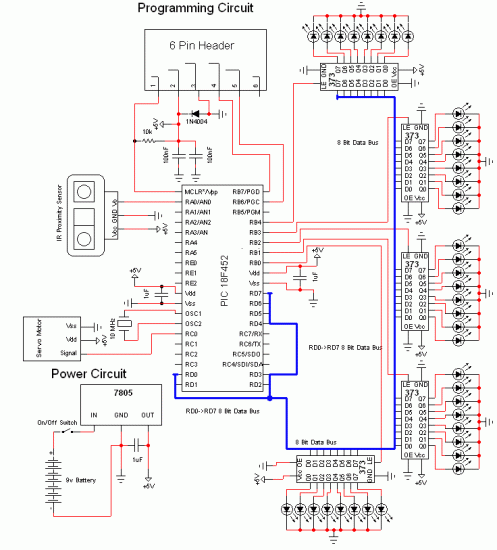
An article discusses a do-it-yourself radar system constructed using the PIC18F452 microcontroller. This project is suitable for hobbyists, although the schematic details are not provided.
The do-it-yourself radar system utilizing the PIC18F452 microcontroller presents an engaging project for electronics enthusiasts. The PIC18F452 is a versatile microcontroller from Microchip Technology, equipped with a 14-bit instruction set architecture, 32 general-purpose I/O pins, and integrated peripherals, making it ideal for various applications, including radar systems.
The radar system operates by emitting a radio frequency signal and measuring the time it takes for the signal to reflect off an object and return to the receiver. The PIC18F452 microcontroller is programmed to control the timing and processing of the received signals, allowing it to calculate the distance to the object based on the time delay.
Key components of the radar system include an RF transmitter and receiver, which may be implemented using antennas designed for the specific frequency band of operation. The microcontroller interfaces with these components through its GPIO pins, utilizing PWM (Pulse Width Modulation) for signal generation and ADC (Analog-to-Digital Conversion) for processing the received signals.
The circuit may also include additional elements such as a display module (e.g., LCD or OLED) to visualize the distance measurements, and a power supply circuit to ensure stable operation of the microcontroller and RF components. Proper filtering and amplification circuits are essential to enhance signal clarity and reduce noise interference.
Overall, this project not only demonstrates practical applications of microcontroller programming and RF communication but also provides valuable insights into radar technology, making it a comprehensive learning experience for hobbyists and students in the field of electronics.Chris has a great article about a do-it-yourself radar system build with PIC18F452. It s a great hobby project although the schematic.. 🔗 External reference
The do-it-yourself radar system utilizing the PIC18F452 microcontroller presents an engaging project for electronics enthusiasts. The PIC18F452 is a versatile microcontroller from Microchip Technology, equipped with a 14-bit instruction set architecture, 32 general-purpose I/O pins, and integrated peripherals, making it ideal for various applications, including radar systems.
The radar system operates by emitting a radio frequency signal and measuring the time it takes for the signal to reflect off an object and return to the receiver. The PIC18F452 microcontroller is programmed to control the timing and processing of the received signals, allowing it to calculate the distance to the object based on the time delay.
Key components of the radar system include an RF transmitter and receiver, which may be implemented using antennas designed for the specific frequency band of operation. The microcontroller interfaces with these components through its GPIO pins, utilizing PWM (Pulse Width Modulation) for signal generation and ADC (Analog-to-Digital Conversion) for processing the received signals.
The circuit may also include additional elements such as a display module (e.g., LCD or OLED) to visualize the distance measurements, and a power supply circuit to ensure stable operation of the microcontroller and RF components. Proper filtering and amplification circuits are essential to enhance signal clarity and reduce noise interference.
Overall, this project not only demonstrates practical applications of microcontroller programming and RF communication but also provides valuable insights into radar technology, making it a comprehensive learning experience for hobbyists and students in the field of electronics.Chris has a great article about a do-it-yourself radar system build with PIC18F452. It s a great hobby project although the schematic.. 🔗 External reference
